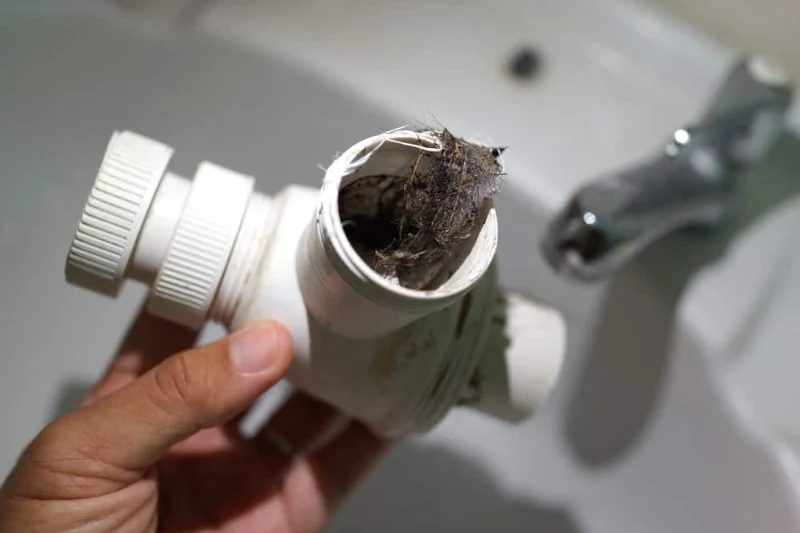
- 1- Introduction
- 2- Understanding the P-Trap
- 3- Why Does the P-Trap Swell?
- 4- Tools Needed for Repair
- 5- Step-by-Step Guide to Repairing a Swollen P-Trap
- 6- Preventing Future Clogs and Maintenance Tips
1. Introduction
If you've noticed that your sink or drain isn't flowing properly, it could be due to a swollen P-Trap caused by a clog. A swollen P-Trap can lead to slow drainage, unpleasant odors, and even potential water damage if left unchecked. Fortunately, fixing a swollen P-Trap is a manageable DIY task that can save you money and prevent further plumbing issues.
In this article, we will explore the causes of a swollen P-Trap, provide a step-by-step guide on how to repair it, and share tips for preventing future clogs. Whether you're a seasoned DIYer or a beginner, you'll find the information helpful and easy to follow.
2. Understanding the P-Trap
The P-Trap is a crucial component of your plumbing system, designed to keep your home free from harmful sewer gases. It’s the curved pipe under sinks, bathtubs, and showers that traps a small amount of water, creating a seal to prevent foul smells from entering your living space. However, over time, P-Traps can become clogged, swollen, or damaged, leading to a variety of plumbing problems.
When a P-Trap becomes swollen, it can restrict the flow of water, causing water to back up into the sink or tub. Identifying and fixing this issue is key to maintaining a smooth-functioning plumbing system in your home.

PRIORITY ENGINEERING LLC 40
IndianapolisMarion CountyIndiana
4026 10th St, Indianapolis, IN 46222, USA
3. Why Does the P-Trap Swell?
A swollen P-Trap typically occurs when debris such as hair, soap scum, grease, or food particles builds up in the pipe, blocking the flow of water. Over time, this blockage can cause the pipe to swell or become deformed, making it difficult for water to pass through. The clog can also cause water to stagnate, leading to odors and potential leaks.
Common reasons for a swollen P-Trap include:
- Grease buildup: Grease from cooking can solidify in the P-Trap and cause clogs over time.
- Hair and soap scum: These substances can easily accumulate in the trap, especially in bathroom sinks and showers.
- Food particles: In kitchen sinks, food debris can clog the P-Trap if not disposed of properly.
4. Tools Needed for Repair
Before you begin fixing a swollen P-Trap, it's important to have the right tools. Here’s what you’ll need:
- Wrench or pliers: To loosen the nuts on the P-Trap.
- Bucket: To catch any water that may spill out when removing the trap.
- Gloves: To protect your hands from debris and dirt inside the trap.
- Pipe cleaner or plumber's snake: To clear out any debris causing the clog.
- Replacement parts: If the P-Trap is cracked or damaged, you may need to replace it with a new one.
5. Step-by-Step Guide to Repairing a Swollen P-Trap
Follow these simple steps to repair a swollen P-Trap and restore the flow of water in your sink or tub:
- Turn off the water: Before you start, make sure to turn off the water supply to the sink or tub to avoid spills and leaks.
- Place a bucket: Position a bucket or container underneath the P-Trap to catch any water that may fall out as you work.
- Loosen the nuts: Use a wrench or pliers to loosen the nuts that hold the P-Trap in place. Gently remove the trap from the pipes.
- Clean the P-Trap: Remove any debris inside the P-Trap. You can use a plumber's snake or pipe cleaner to clear out stubborn blockages.
- Inspect the trap: Check for cracks or damage to the P-Trap. If the trap is damaged, replace it with a new one.
- Reassemble the trap: Once the trap is cleaned or replaced, reattach it to the pipes and tighten the nuts securely.
- Test the repair: Turn the water supply back on and test the sink or tub to ensure the water flows freely and there are no leaks.
6. Preventing Future Clogs and Maintenance Tips
After repairing a swollen P-Trap, it’s important to take steps to prevent future clogs. Here are some maintenance tips to keep your P-Trap and plumbing system in top shape:
- Avoid pouring grease down the drain: Grease can solidify in the pipes and lead to clogs. Always dispose of grease in the trash.
- Use a drain strainer: A strainer can catch food particles, hair, and other debris before they go down the drain.
- Regularly clean the drain: Use a mixture of baking soda and vinegar to clean drains and prevent buildup.
- Be mindful of what goes down the drain: Avoid flushing anything other than water and soap down the drain to minimize clogs.
By taking these precautions, you can keep your P-Trap and plumbing system running smoothly for years to come.
If you're looking for more plumbing tips or products to help with repairs, visit Plumbers Supply Hub for the best selection of plumbing tools and resources.

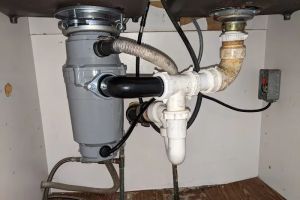
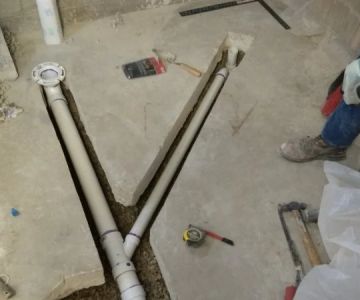





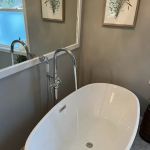 Oakland Plumbing LLC5.0 (17 reviews)
Oakland Plumbing LLC5.0 (17 reviews)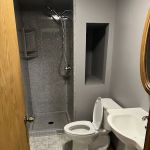 Midwest Plumbing & Service4.0 (7 reviews)
Midwest Plumbing & Service4.0 (7 reviews)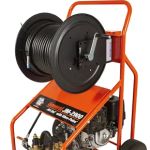 Moberly Plumbing4.0 (117 reviews)
Moberly Plumbing4.0 (117 reviews)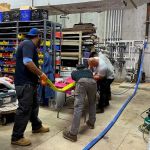 American Trenchless Technologies4.0 (8 reviews)
American Trenchless Technologies4.0 (8 reviews) Tony's Plumbing3.0 (12 reviews)
Tony's Plumbing3.0 (12 reviews)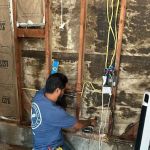 Socal Plumbing Co5.0 (5 reviews)
Socal Plumbing Co5.0 (5 reviews)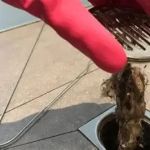 How to Repair a Hairball Clog Without Harsh Chemicals
How to Repair a Hairball Clog Without Harsh Chemicals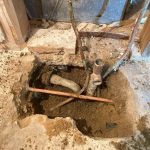 How to Repair a Junction That Is Leaking Under Slab: A Comprehensive Guide
How to Repair a Junction That Is Leaking Under Slab: A Comprehensive Guide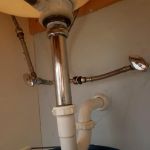 How to Replace a Sink Overflow Tube: A Complete Step-by-Step Guide
How to Replace a Sink Overflow Tube: A Complete Step-by-Step Guide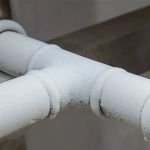 What Causes Frozen Pipes and How You Can Prevent It - Expert Tips
What Causes Frozen Pipes and How You Can Prevent It - Expert Tips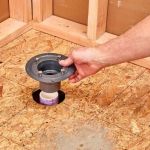 How to Replace a Shower Niche Drain: Step-by-Step Guide for Homeowners
How to Replace a Shower Niche Drain: Step-by-Step Guide for Homeowners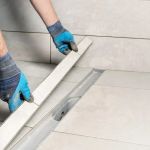 How to Replace an In-Wall Shower Drain: Step-by-Step Guide
How to Replace an In-Wall Shower Drain: Step-by-Step Guide